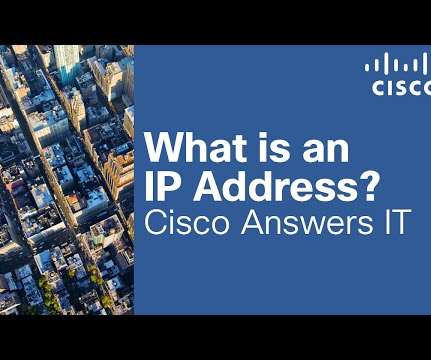Interop Liveblog: IPv6 Microsegmentation
Scott Lowe
APRIL 29, 2015
This session was titled “IPv6 Microsegmentation,” and the speaker was Ivan Pepelnjak. Ivan is, of course, a well-known figure in the networking space, and publishes content at [link]. The session starts with a discussion of the problems found in Layer 2 IPv6 networks. Can we use shared Layer 3 IPv6 subnets?















Let's personalize your content